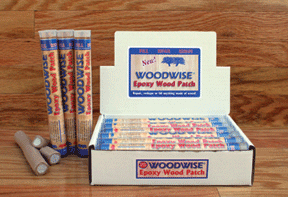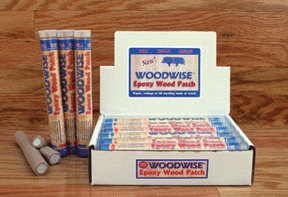So lately we have all been seeing these terrible "restored" playfields. Decals lifting under the clear coat, dirt sealed into the shooter lane, too thick coats of clear, water based clear coats with clouding starting to appear, inserts bucking under the clear, no restoration under ramps or slingshots, faded decals under the clear; simply awful work done by some so-called experts that seem to be spamming the forums constantly.
When I mentioned that I was going to publish a "real" guide to playfield restoration, a few of the playfield restorers that I respect asked me not to do it. They worried about the income loss if people start doing their own work, and they worried that some of the hacks that spam the forums would step their game up.
My logic is that the little information out there is more dangerous than if people were fully informed. All these game owners who get a bit of info here and a bit there, are ruining a bunch of playfields because they are following too many leads, rather than having a single resource.
Also, I would be happy if the spammy "pro restorers" DID step up their game. They are going to continue to get orders because nobody checks up on their work and they price their work cheap, so they might as well learn to do it right.
(Asay made a hotlink TOC for you guys):
REMOVING MYLAR (p1)
DAMAGE ASSESSMENT (p1)
REMOVING INSERTS (p1)
INSTALLING INSERTS (p1)
FIXING INSERT GHOSTING (p2)
PAINTING FOR PLAYFIELD RESTORATION (p2)
AIRBRUSH DISCUSSION (p2)
FRISKET, MASKING, AND SPRAYING COLOR (p2)
FIXING LINE ART, TEXT, SCANNING FOR WATER SLIDE DECALS (p3)
FILLING GOUGES AND CHIPS (p3)
RAISING INSERTS (p3)
PAINTING WHITE AREAS (p3)
THE SHOOTER LANE (p3)
PAINTING VERY FINE LINES (p4)
PLANKING REPAIR EXAMPLE (p5)
AIR COMPRESSOR DISCUSSION (p5)
APPLYING INSERT DECALS (p6)
CLEARCOATING PLAYFIELDS (p16)
THE PROPER CHOICE FOR CLEAR COATING (p16)
STUFF YOU ARE GOING TO NEED TO CLEAR A PLAYFIELD (p16)
MORE SAFETY EQUIPMENT YOU NEED (p16)
MORE STUFF YOU ARE GOING TO NEED TO CLEAR A PLAYFIELD (p17)
CUPPED INSERT REPAIR (p17)
SHOOTER LANE REPAINTING (p18)
OUTGASSING AND INSERT BLOOMING (p18)
STAR ROLLOVERS (p19)
MAGIC ERASER (p19)
FLATTENING THE PLAYFIELD BETWEEN CLEAR COATS (p19)
WORKING EFFICIENTLY WHILE CLEARCOATING (p20)
SANDING THE CLEARCOAT (p20)
FEAR OF MYLAR (p22)
SANDING AND BUFFING A PLAYFIELD (p27)
REPAIRING HALF-TONE DOTS (p29)
PREVENTING THE CLEARCOAT FROM CRACKING WHEN REPOPULATING PLAYFIELDS (p45)
NEVER USE POLY TO 'CLEARCOAT' A PLAYFIELD (p68)


 Sana'a
Sana'a


 Walnut Creek, CA
Walnut Creek, CA

